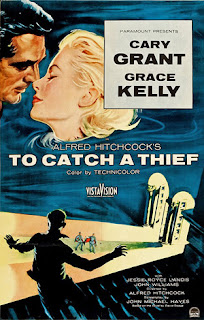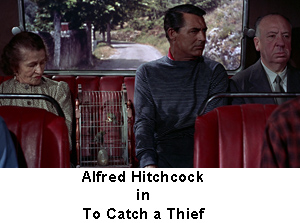She
was the only biological child that Gable had while he was still alive but he
had no relationship with her. Loretta Young conceived during their filming
of The
Call of the Wild in 1935. She concealed her pregnancy to protect their film
careers and to avoid scandal. Young went to Europe for several months and then
returned to a small house in Venice, California with her
mother. A Hollywood gossip columnist interviewed Young because she was
claiming to be ill for weeks and needed rest. She gave the interview from her
bed, covered in blankets to conceal her pregnancy.

Young
gave birth, and weeks later, the baby was put in an orphanage. Lewis would
spend the next 19 months in various "hideaways and orphanages" until
Young's mother retrieved the toddler. Later Young told Hollywood gossip
columnist Louella Parsons that
she had "adopted" two children and several weeks later, told Parsons
that she had to give one of the children back to its biological mother. She did
this as a smokescreen to cover up the birth and to make her adoption story more
believable.
When
Lewis was four years old, her mother married businessman Tom Lewis, and Judy
went by his last name. Young went on to have two sons, Christopher Lewis
and Peter Lewis, with Tom Lewis.

Lewis
looked strikingly like Gable as she grew older, including having ears that
stuck out like his. As Lewis grew up, several people in Hollywood,
as well as the public, began to believe that Clark Gable was her biological
father. When Judy was fifteen, Gable came to her mother's house to visit her
briefly. Gable asked Lewis about her life and then upon leaving, kissed her on
her forehead. It was the only time that Judy ever spoke to Gable. Lewis had no
idea he was her father. When Lewis met her future husband at the age of
twenty-three, it was he who told her that Gable was her biological father and
that "everyone" knew, which stunned Lewis. Lewis, at age 31,
finally confronted her mother when Gable had been dead for five years. Loretta
Young confirmed the truth. Lewis wrote a book about her life titled Uncommon
Knowledge, because it seemed that she was the only one who did not know
about her true parentage. Loretta Young's autobiography confirmed that Gable
was indeed Lewis's father. The family stayed silent about the claim until
after both Loretta Young and her daughter, Judy Lewis had died.
Judy
Lewis appeared and produced several TV series. In 1985, she shared a Writers Guild of
America award
for several episodes of CBS's Search For Tomorrow. She obtained a
Master's degree in Clinical Psychology and became a practicing Psychotherapist
in Los Angeles.
Lewis was divorced with one daughter and two
grandsons.
Clark Gable died of a
stroke on November 16, 1960 at age 59
Loretta Young died of
cancer on August 12, 2000 at age 87
Judy Lewis died of cancer on November 25, 2011 at age 76.











